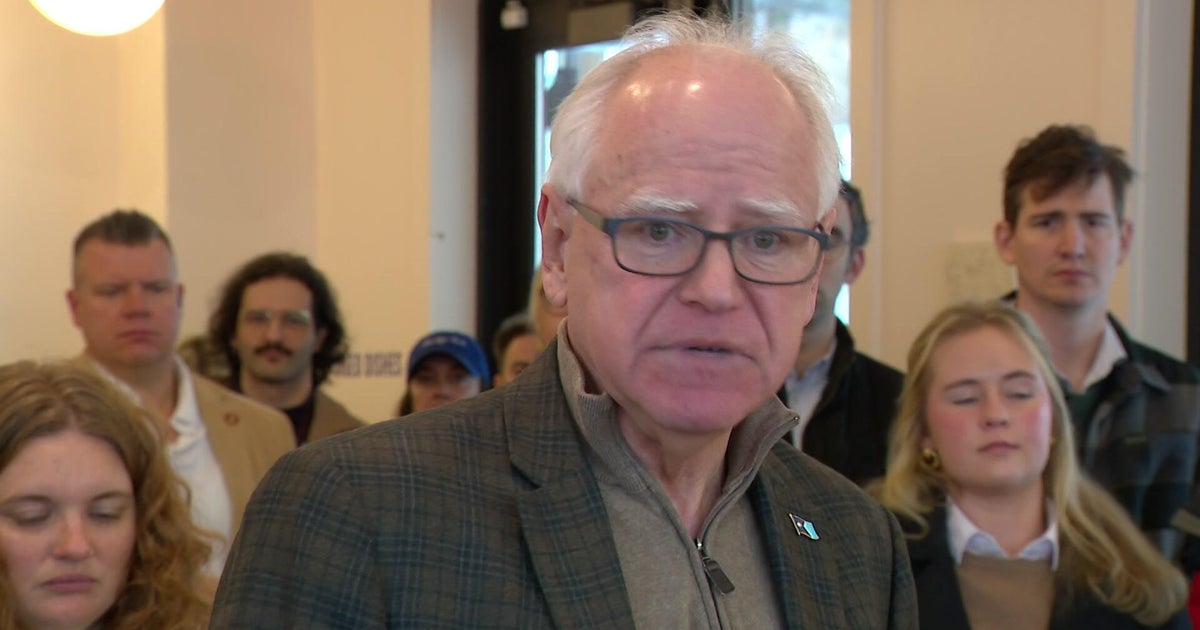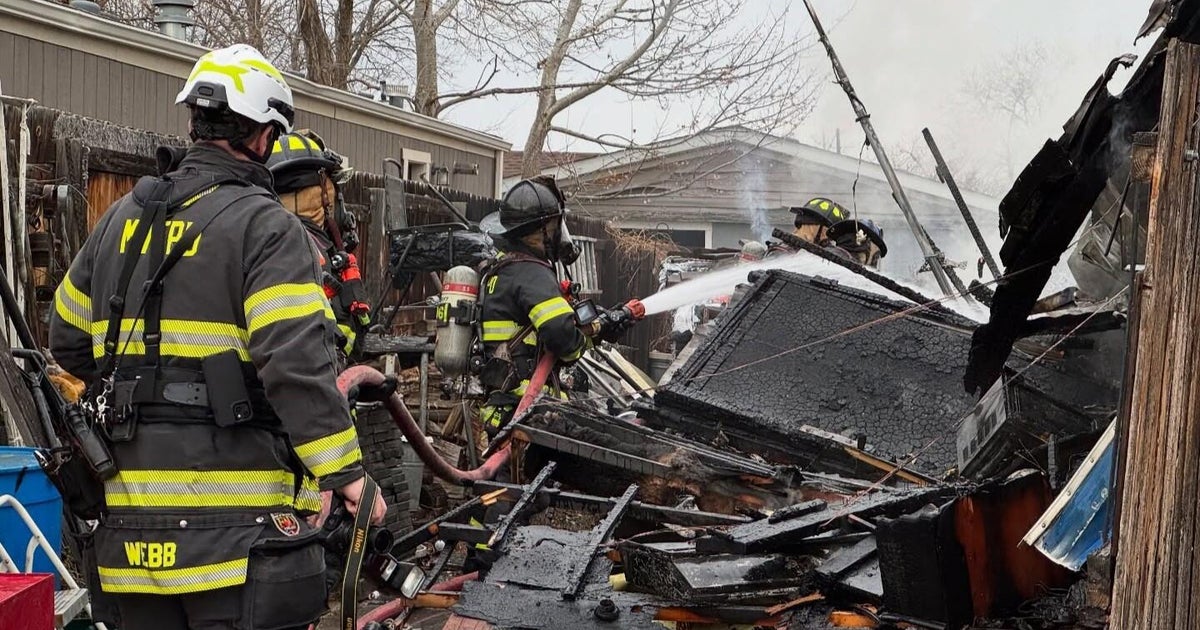Things to know about Trump's rollback of CAFE fuel-economy standards
The so-called Corporate Average Fuel Economy, or CAFE, standards may be a mouthful, but it’s fair to say that all motorists in the U.S. today have experienced their impact.
The federal fuel-efficiency requirements have their roots in the 1970s, when Americans tended to drive gas guzzlers, only to face sticker shock at the pump following the 1973 OPEC oil embargo. Under the Obama administration, the standards were tightened again, with the goal of pushing fuel economy standards to 54.5 miles per gallon by 2025.
Under President Donald Trump, that goal is now in limbo. Mr. Trump on Wednesday announced plans to re-examine the fuel mandates, taking a step back from Obama-era environmental regulations. Trump administration officials contend that the rules stifle economic growth. By contrast, fuel-standard advocates say the rules help consumers save money by reducing their costs at the gas pump, while also making automakers more competitive with foreign competitors.
“The standards benefit consumers and the economy,” said Sue Reid, vice president of energy programs at Ceres, a non-profit environmental group, said in a conference call Wednesday to discuss the Trump administration’s action. “When consumers spend less money at the pump, they have more resources to drive into the economy.”
American automakers also stand to lose if they fail to produce vehicles that are competitive with overseas manufacturers, said David Richardson, executive director of Impax Asset Management, a $7 billion investment firm that focuses on strategies including renewable energy and energy efficiency.
“Our American jobs president is missing an important point,” he said. The potential rollback “means that fuel-efficient cars could be made somewhere else.”
He added, “We see it as a shortsighted effort that won’t be productive in terms of creating better American technology in the automobile sector, and that’s a shame.”
Below are seven things to know about the government fuel standards.
What are CAFE and GHG standards?
CAFE standards are mile-per-gallon targets for cars and trucks set by the U.S. government. The standards are based on size and are weighted by sales. Each manufacturer has a different requirement based on the models it sells.
Congress required the National Highway Traffic Safety Administration to develop CAFE standards in 1975 after gasoline shortages during the Arab oil embargo. The U.S. Environmental Protection Agency began regulating greenhouse gas emissions from vehicles in 2007. The agencies work together to produce CAFE standards.
The standard for passenger cars stayed at 27.5 mpg from 1990 until 2007. In 2009, the government set a fuel economy standard of 34.1 mpg for cars and light trucks by 2016. In 2012, it set a new target of 54.5 mpg by 2025. The number can change depending on the mix of vehicles customers buy. Right now, it stands at 51.4 mpg because people are buying more SUVs and trucks.
Under the current standard, would my car get 54.5 mpg in 2025?
No. Manufacturers can apply credits for various fuel-saving technologies to arrive at that figure. Real-world mileage would be closer to 36 mpg.
What’s happening now?
In the last days of the Obama administration, the EPA completed a review of the standards for model years 2022-2025 and left them unchanged, saying the car companies have many affordable options to help them comply. The industry protested, saying the review was too hasty and didn’t consider the fact that gas prices have fallen and few consumers want the smallest, most fuel-efficient vehicles.
President Trump is reopening the evaluation process, which could lead to weaker standards.
Why would the government consider changing the standards?
President Trump wants automakers to expand production in the U.S. and hire more workers. In exchange, he has promised to cut regulations and taxes. Gasoline is more than $1 per gallon cheaper than it was in 2012, when the standards were issued. The low prices hurt demand for more fuel-efficient cars. If those cars don’t sell, their high mileage can’t be counted toward an automaker’s corporate average fuel economy.
But environmental groups say weakening the standards would increase pollution and require consumers to spend more on gas.
How are automakers improving their fuel economy?
Manufacturers have introduced all-electric cars like the Chevrolet Bolt and increased the use of lightweight materials like aluminum. Engine technologies, such as direct fuel injection, and more efficient transmissions are also contributing. The standards give manufacturers extra credit for new technologies, such as hybrid engines for pickup trucks and stop-start systems, which automatically shut off the engine when the vehicle stops in traffic.
Do those added technologies make my vehicle more expensive?
Yes. In its final ruling in January, the EPA estimated the fuel economy standards will cost $875 per vehicle. A study commissioned by the Alliance of Automobile Manufacturers estimates the cost of compliance at $1,249 per vehicle. However, the EPA says the standards would save consumers up to $1,620 in gas over the life of their vehicle.
If the standards are weakened, will that affect what kinds of cars are available?
Maybe. Automakers might choose to offer fewer electric or hybrid cars in the U.S., since those are less profitable than trucks and SUVs. They also could scrap subcompact cars, which are unpopular with U.S. consumers but help meet fuel economy targets.
There are caveats. Automakers will still have to meet rising fuel economy standards in China and Europe, so they won’t stop making efficient vehicles. If gas prices rise, U.S. consumers might demand more fuel-efficient cars. Finally, California and other states have a history of passing stricter standards than the rest of the country. If that continues, automakers would have to keep their most fuel-efficient models in U.S. showrooms, since California is the biggest market in the U.S.








